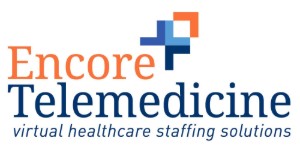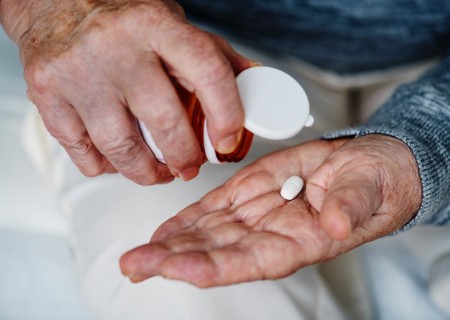It is estimated that approximately 115 people die each day in this country as a result of opioid abuse, and not surprisingly, this has focused a great deal of attention on the issue from Congress, law enforcement personnel, and the entire healthcare industry at large. The focus of healthcare providers with respect to the opioid crisis is in seeking to implement plans for treatment which combine addiction control with psychiatric care and behavioral modification.
These treatment plans can be administered via several different platforms, including telehealth. While traditional treatment programs are limited in what they can achieve through care in a doctor’s office or in group therapy, telehealth programs provide the opportunity to implement patient care at many different times and places.
It’s important for medical caregivers to understand what an opioid addict goes through in their daily life, so that insights can be gained into what triggers a patient’s behavior. Once this knowledge is gained, it would theoretically be possible to devise a program which addresses those triggers, so as to prevent relapses into addictive behavior.
How telehealth can help with the opioid crisis
There are a number of ways that telemedicine can provide significant assistance in fighting the opioid crisis. First of all, it helps users to develop better coping skills, so they don’t experience a relapse at the first sign of trouble. With the digital messaging platforms available through telemedicine, family members, healthcare personnel, and members of a peer support network can provide addicts with crucial support messages in times of need.
In some cases, telemedicine can alert mobile health units which are deployed in urban neighborhoods to find and assist a patient who is experiencing a crisis. Telehealth platforms also allow patients to have virtual visits with their healthcare provider, and sometimes with a mental health specialist, right from the privacy of their own home. This can be extremely important, because most opioid addicts prefer to keep their status private, so they don’t have to be subject to the stigma of addiction.
Telehealth platforms are also used by rural providers who wish to contact substance abuse experts or with experts on mental health, so as to access the latest information on treatments, or to review specific patient cases. Wearable devices are commonly used in monitoring the vital signs for opioid patients, and many have the capability of issuing alerts during times of extreme stress and vulnerability.
Some of the same wearable devices are also capable of monitoring adherence to medication treatments, to ensure patient compliance. A number of the more sophisticated of these devices can also deliver timed dosages of prescribed medications, so that patients can better manage stressful times or extreme discomfort.
Telemedicine in rural areas
While some gains have already been made by the usage of telehealth platforms with regard to opioid addicts, there is admittedly a great deal more work that needs to be done. For instance, the federal government recognizes that those areas of the country which have been hit hardest by the opioid crisis are the rural areas where patients suffering from opioid abuse are obliged to travel considerable distances in order to receive treatment.
There are also too few medical personnel available to provide medication assisted treatment (MAT) to those patients requiring it. This is another area of great promise for telemedicine, since it can overcome distances between patient and doctor, and it can also relieve the burden on medical personnel.
For this reason, the federal government has increased funding to states, and has encouraged providers to make greater use of telemedicine so that problems inherent in a rural environment can be overcome. The Department of Health and Human Services has been working jointly with the Drug Enforcement Administration to develop materials on how telemedicine can be used to help combat the opioid crisis.
Encore Telemedicine
Telehealth can definitely be effective in helping to manage the opioid crisis which exists in this country. If your medical facility would like to explore ways that telehealth can be used to combat this crisis, please contact us and let us provide you with information which can help you to determine if we can provide you with a virtual staffing solution. This will enable your organization to help manage opioid patients more effectively, while placing less strain on your medical staff.

